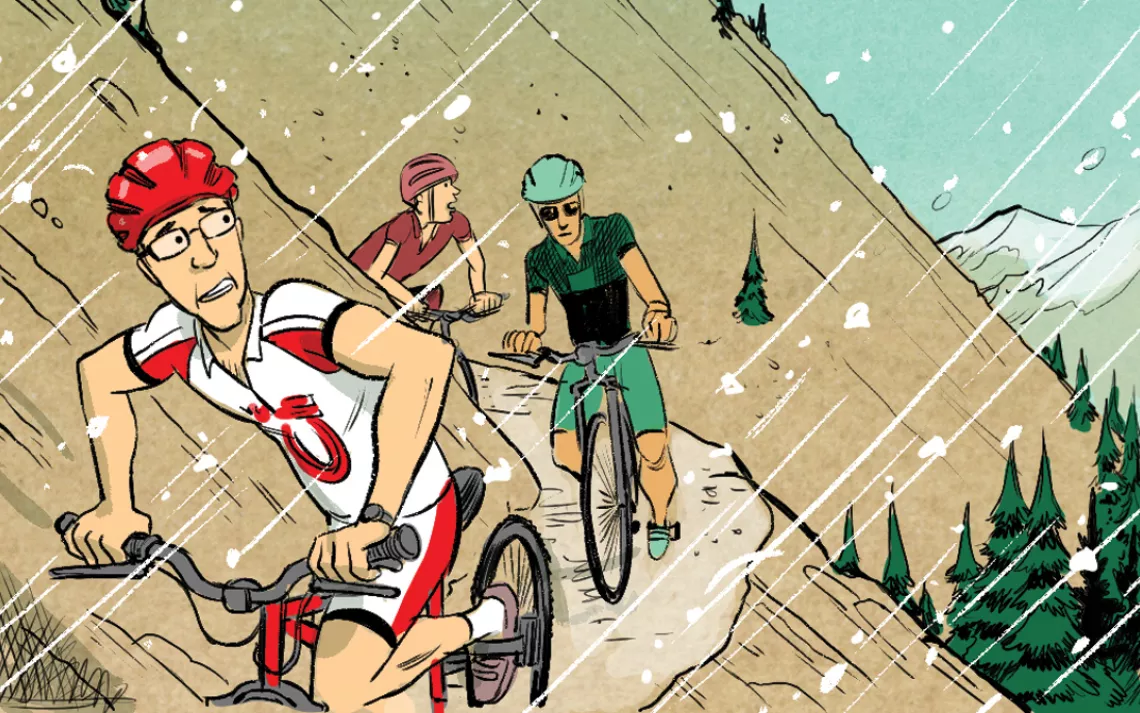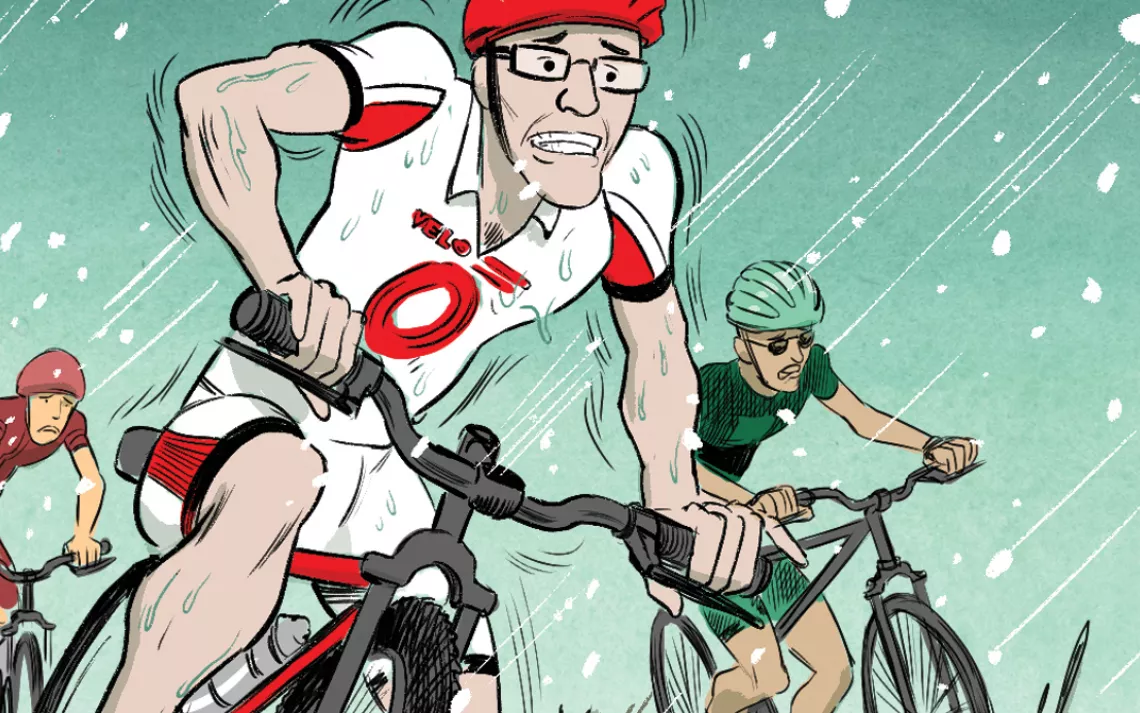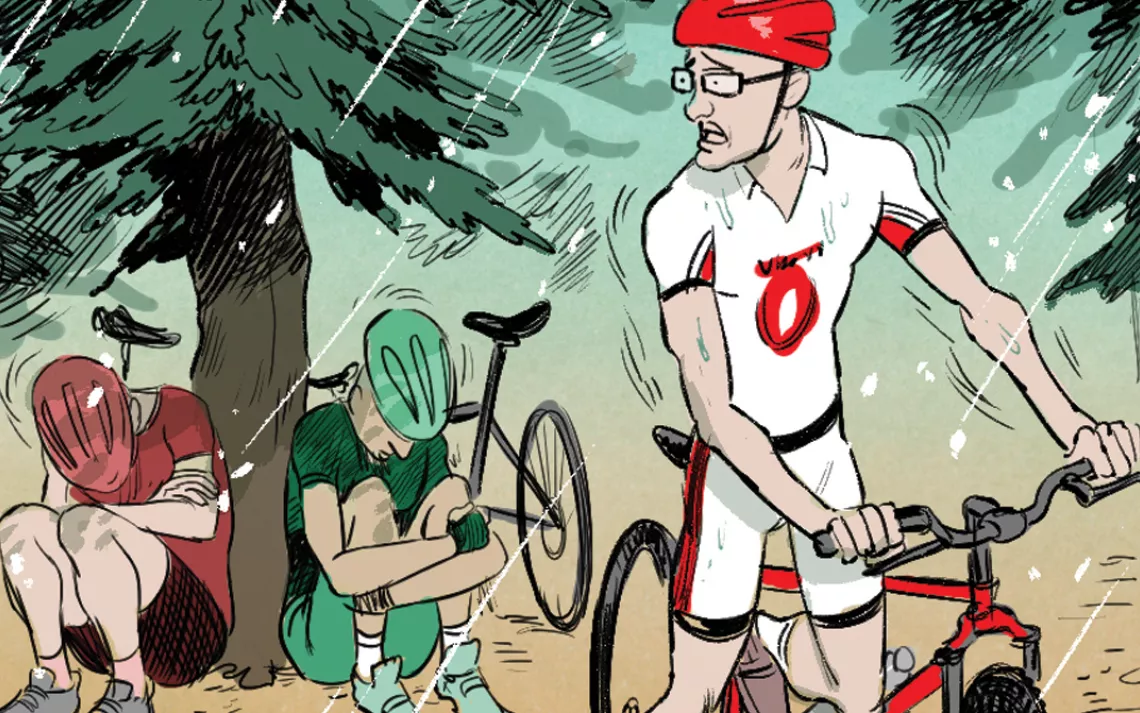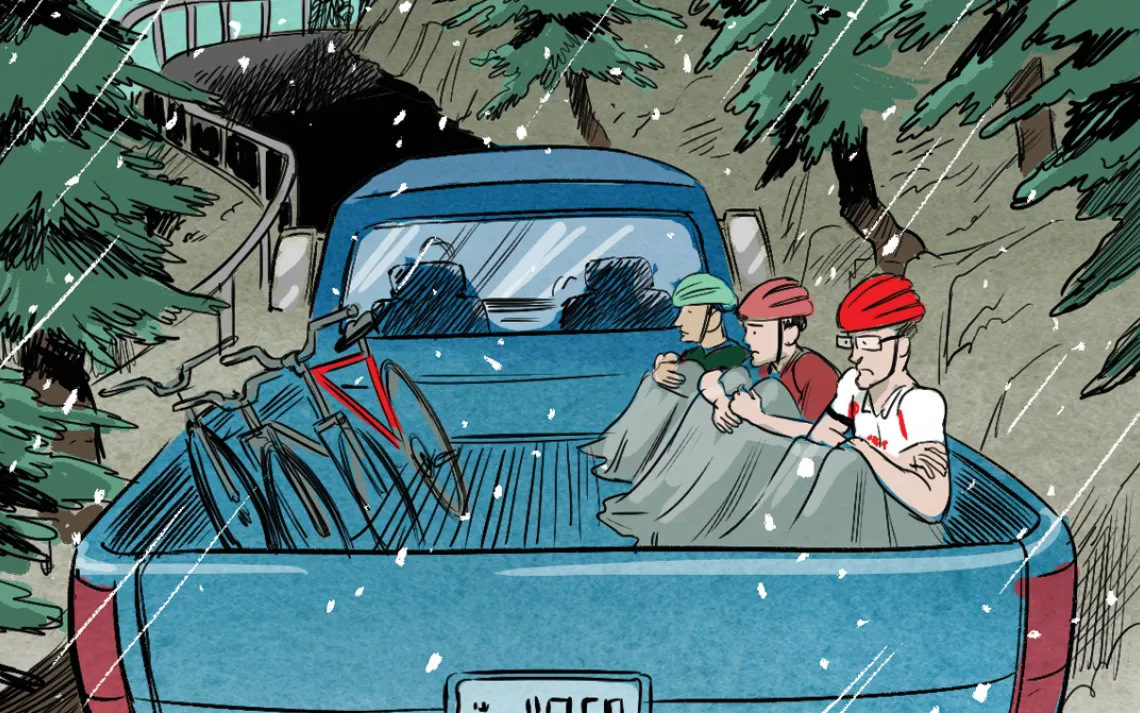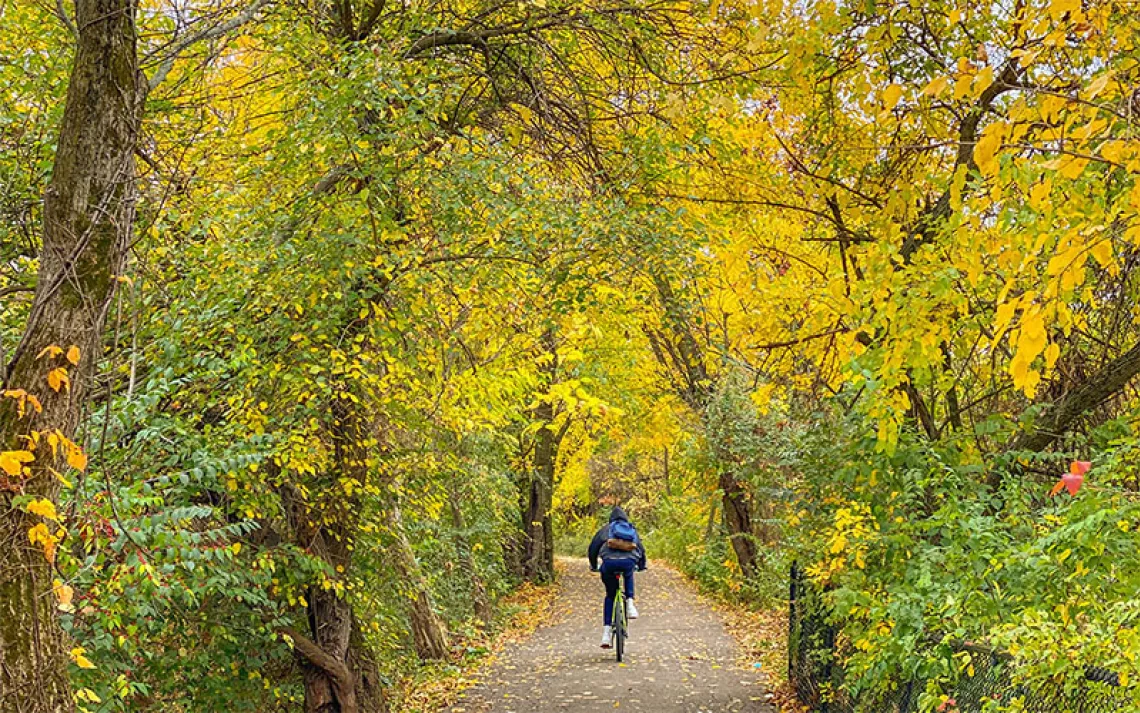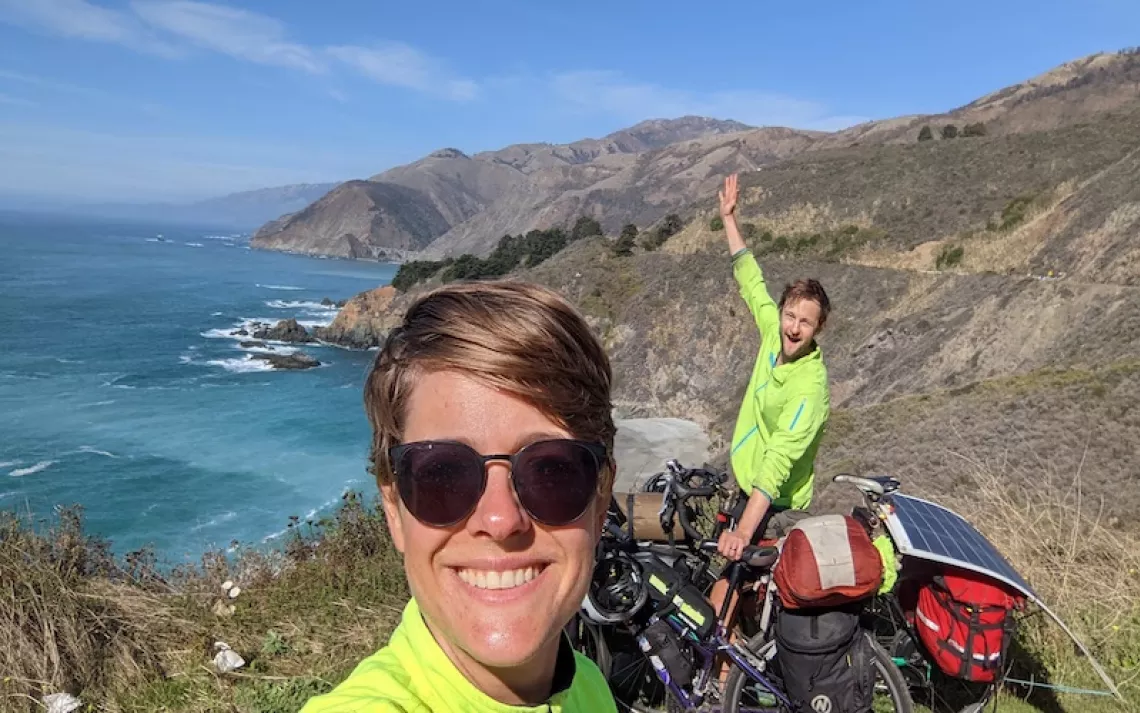Hail and Hypothermia at 11,000 Feet
ASK THE EXPERT Amy Verbeten is the director of Friends of the Teton River and a veteran instructor in backcountry skills and first aid.
"Hypothermia can strike in seasons when you least expect it. Dolphin and his buddies did the right thing by getting out of the weather, but not by huddling on the cold ground. They should have kept moving by doing jumping jacks, knee bends, a silly dance--whatever might move large muscle groups and generate heat. In situations like this, mildly hypothermic folks can rewarm themselves by putting on a dry, lightly insulated wind layer and eating a high-calorie energy bar while moving."
 The Magazine of The Sierra Club
The Magazine of The Sierra Club
